10 spaces that are no longer optional to create a great workplace
Everyone wants to know what amenities would bring people back to the office. As employees first started returning, many companies focused on spaces to bring people together, such as social spaces that spur casual interactions and create community. Food amenities ranging from break rooms to cafeterias are now table stakes, and are no longer differentiators. Fifty-eight percent of U.S. companies now provide a work café; when they are equipped to work, work cafés are highly effective workspaces that contribute to a great experience.
Amenities are no longer optional. The new role of the office is not only a place to get work done, but to provide a mix of work experiences for employees. Spaces for individual work, spaces for creative group work, and places to reflect and restore have the greatest impact on workplace effectiveness and experience.
We wanted to understand what spaces matter most to creating not only an effective workplace, but one that also provides a great work experience for employees. In our U.S. Workplace Survey 2022 research, we analyzed the data from over 2,000 full-time office workers who are working in the office at least part of the time.
Spaces for Individual Work
People need spaces that help them focus on their work at the office—free from noise, visual distractions, and interruptions. While some people can do some individual work like answering emails in common or social spaces, most people require access to more private spaces than an open plan desk for work activities that required deep concentration, writing, coding, or analytics. According to our research, the following spaces made the highest impact to support individual work:
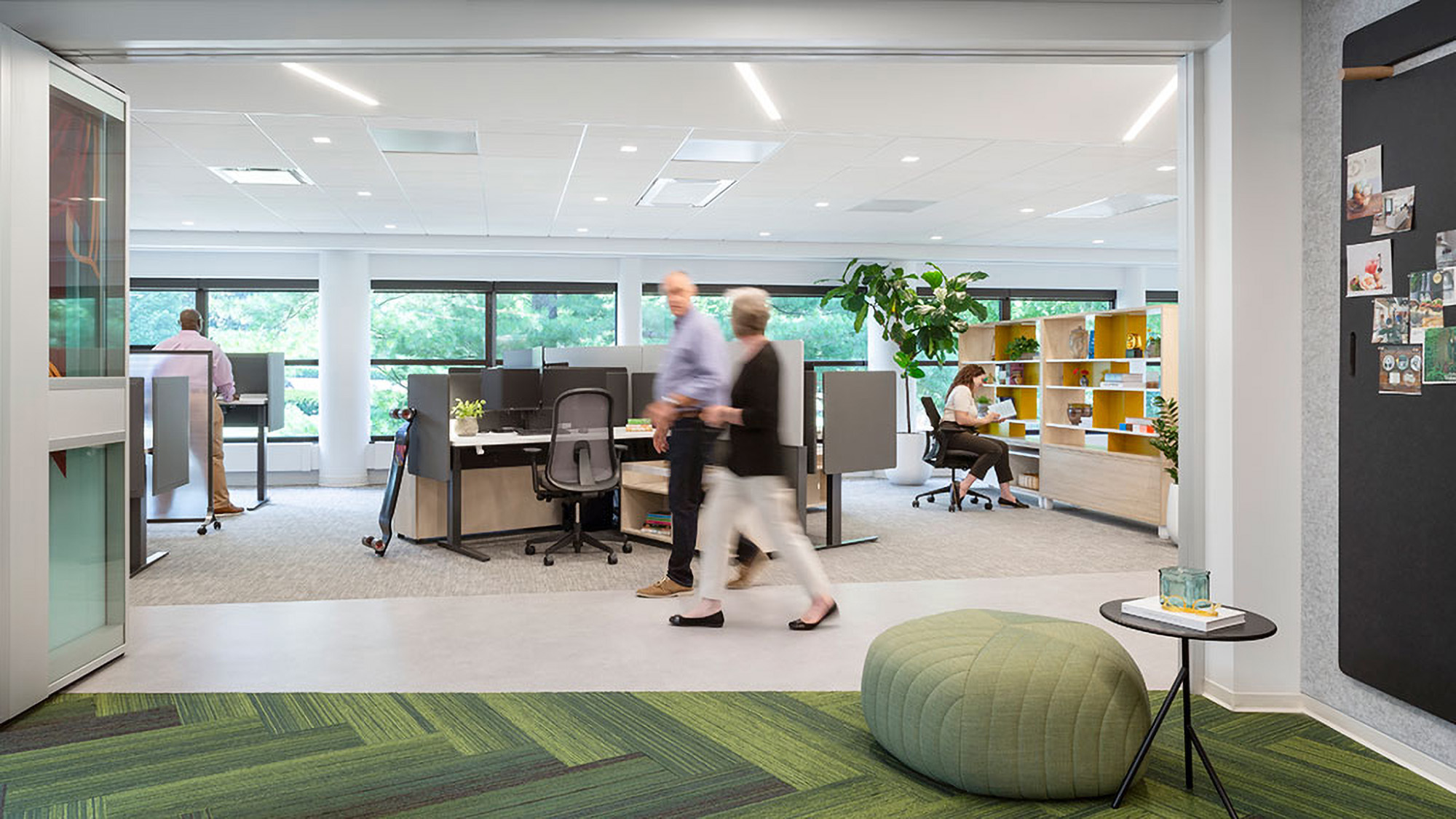
1. Quiet Zone or Tech-Free Zone
Designating zones just for quiet work (no phone calls!) or that are tech-free are a change in policy or behavior and do not often require physical modification. In Gensler’s Washington, D.C. office, we have a quiet zone at one end of our floorplate near the leadership area. Although people can still take phone calls and have more hushed conversations, it works well to keep noise at a minimum and encourage creative group work in other parts of the office.
2. Alternative Individual Workspace
Employees at the most innovative companies work beyond their desks. Choice has risen 24% this past year, rising to 72% of U.S. employees reporting that they have choice in where to work within their company’s office environment. Providing alternate spaces for individuals to choose where to work within the office drives a more effective workspace, a better work experience, and better individual performance.
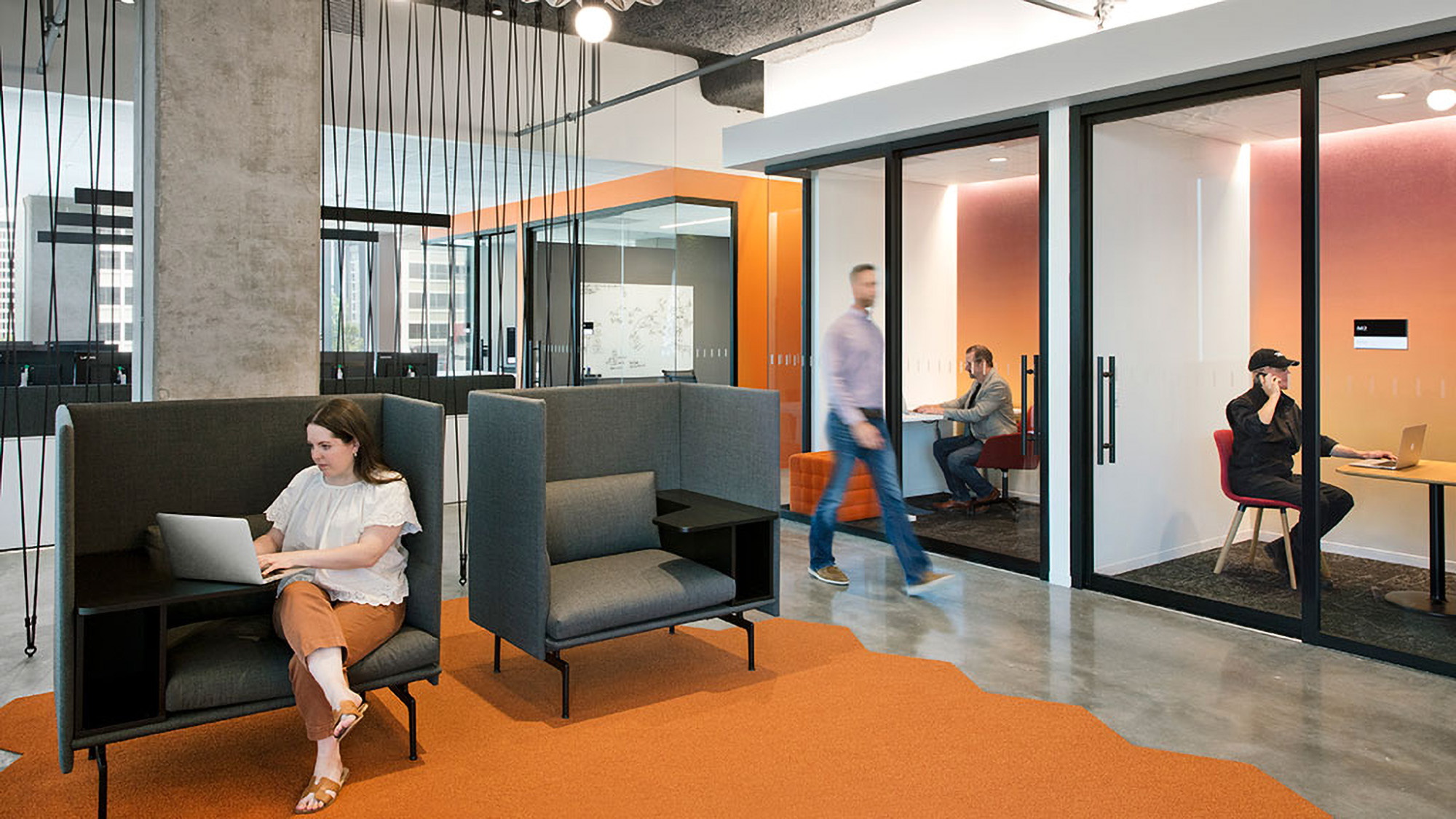
3. Focus Room
U.S. office workers spend one-third of a typical work week working alone and say that 69% of this time requires deep concentration. The vast majority prefer quiet when they need to concentrate. Having ample access to focus rooms is one way to provide access to acoustical privacy and signal to others not to be interrupted.
4. Library
Libraries are making a comeback, but it’s not always about the books. Everyone knows the “rules” of a library—hushed conversations and allowing others to read, study, or work. Libraries function as a visual cue for how to behave, either in secluded areas or on full display within the work area.
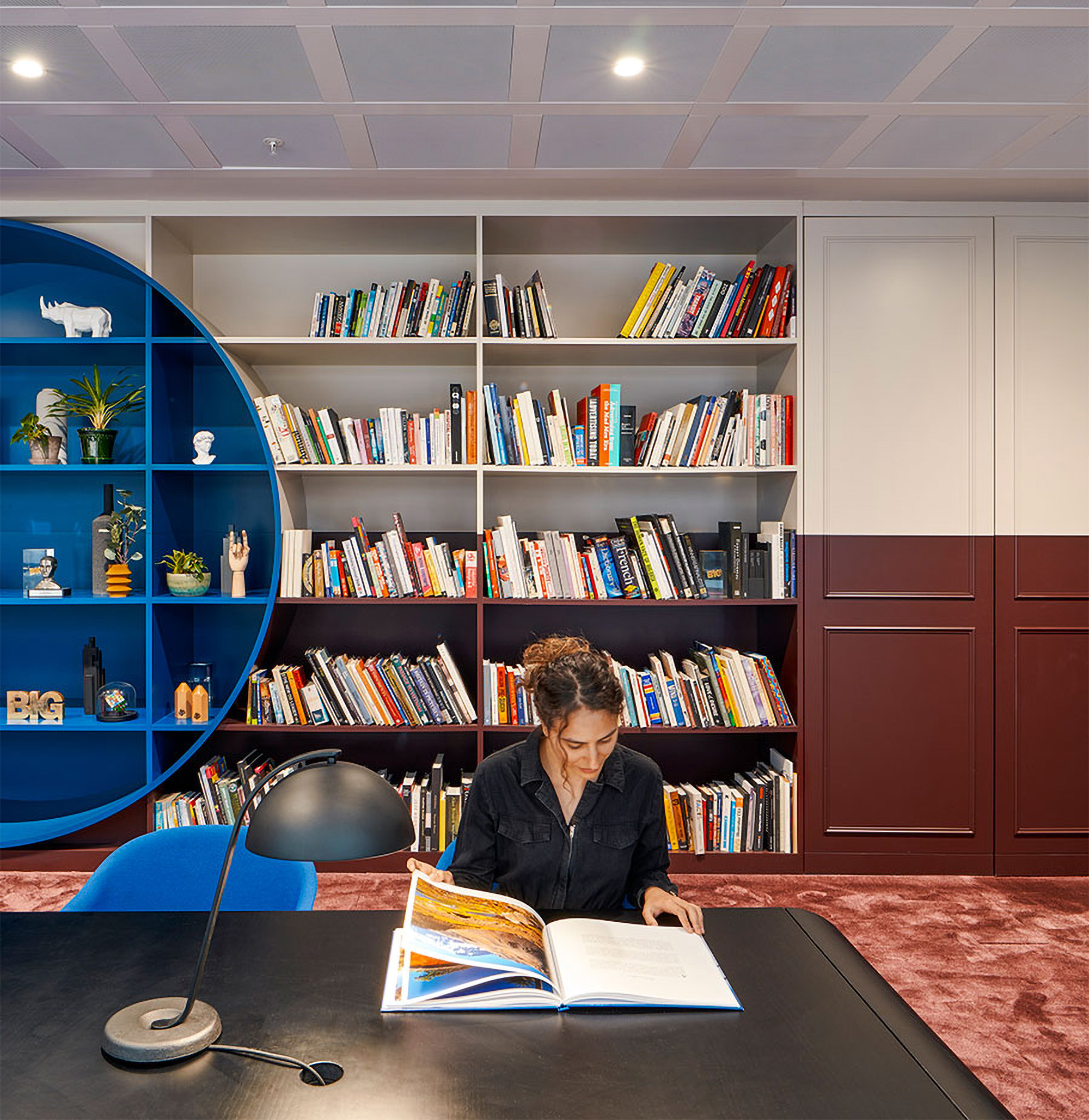
Spaces for Creative Group Work
The conference room—with a single table surrounded by chairs—is a typical place for people to meet for status meetings, coordination, or consensus building. But that doesn’t capture how teams collaborate or co-create today. Instead, consider different types of spaces—from innovation hubs and maker spaces to project rooms—that provide a range of flexible settings that allow people to collaborate more effectively, with the right tools to get their work done.
5. Innovation Hub
Generating really big ideas rarely happens in a vacuum. Innovation hubs are physical spaces that purposely bring together researchers, subject matter experts, and creators with different viewpoints or fields to nurture, test and experience ideas. Hubs are often highly flexible configurations with a variety of spaces that encourage curiosity and collisions to accelerate the launch of services or products. They are both high-tech and high touch, with places to bring people together to turn ideas or concepts into reality.
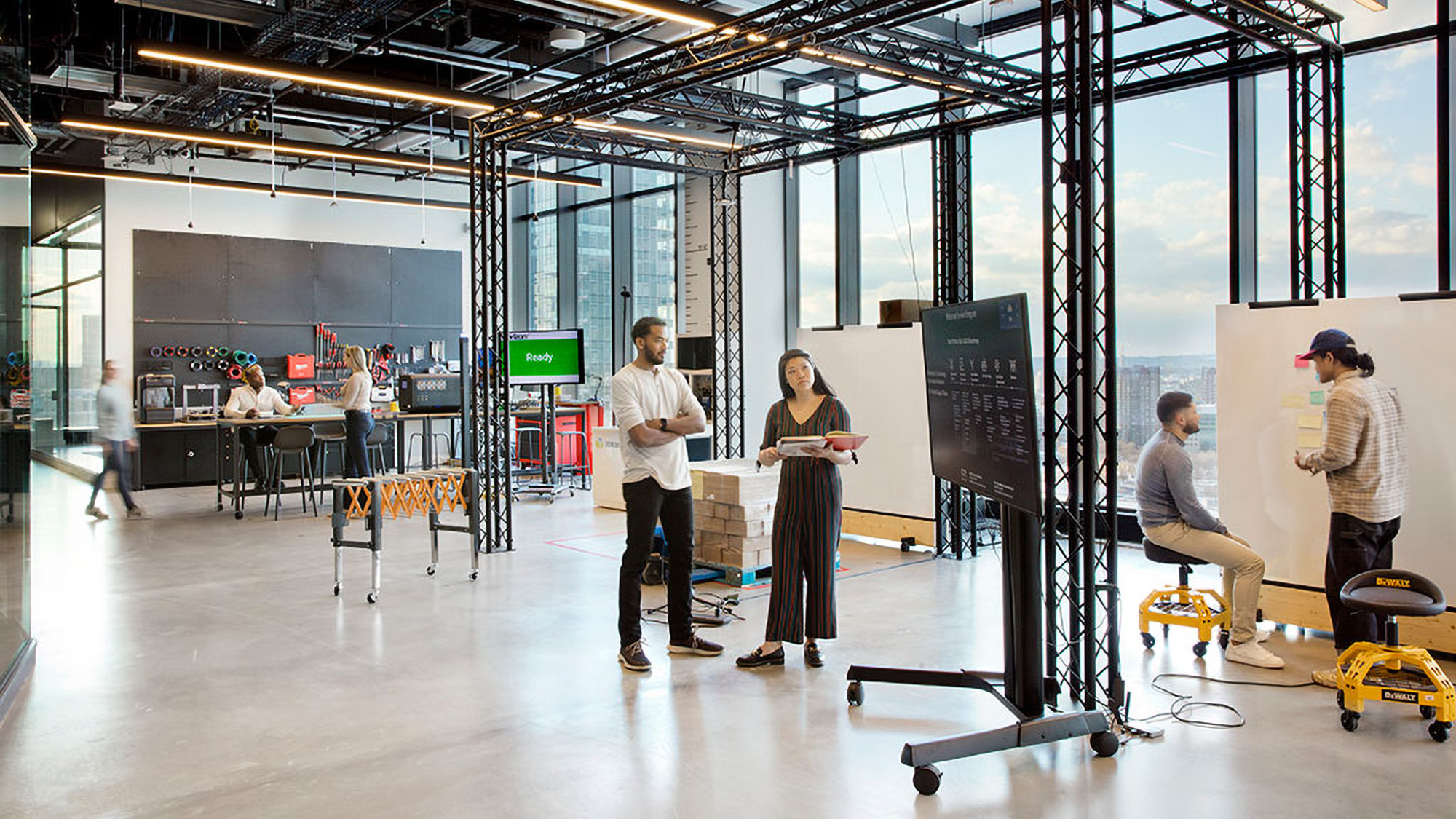
6. Maker Space
New ideas often need to be prototyped and tested in Maker Spaces designed to support hands-on discovery and exploration. Maker Spaces vary depending upon the industry, but can range from robotic labs like Intel’s Innovation Lab in Costa Rica to the Ion Prototyping Lab (IPL) in Houston, which is an open experimentation area for anyone with a great idea. They can be outfitted with 3D printers, fabrication equipment, or even small batch manufacturing tools.
7. Project/War Room
Work doesn’t always happen in a one-hour meeting or half-day workshop. Providing a dedicated project or war room can be an important space for some projects or initiatives. Project rooms can be used to present and visualize ideas, progress, and final deliverables, which may aid in alignment, communication, and speed. Depending on the work being accomplished, the room could be set-up for a wide variety of configurations for both individual and group work.
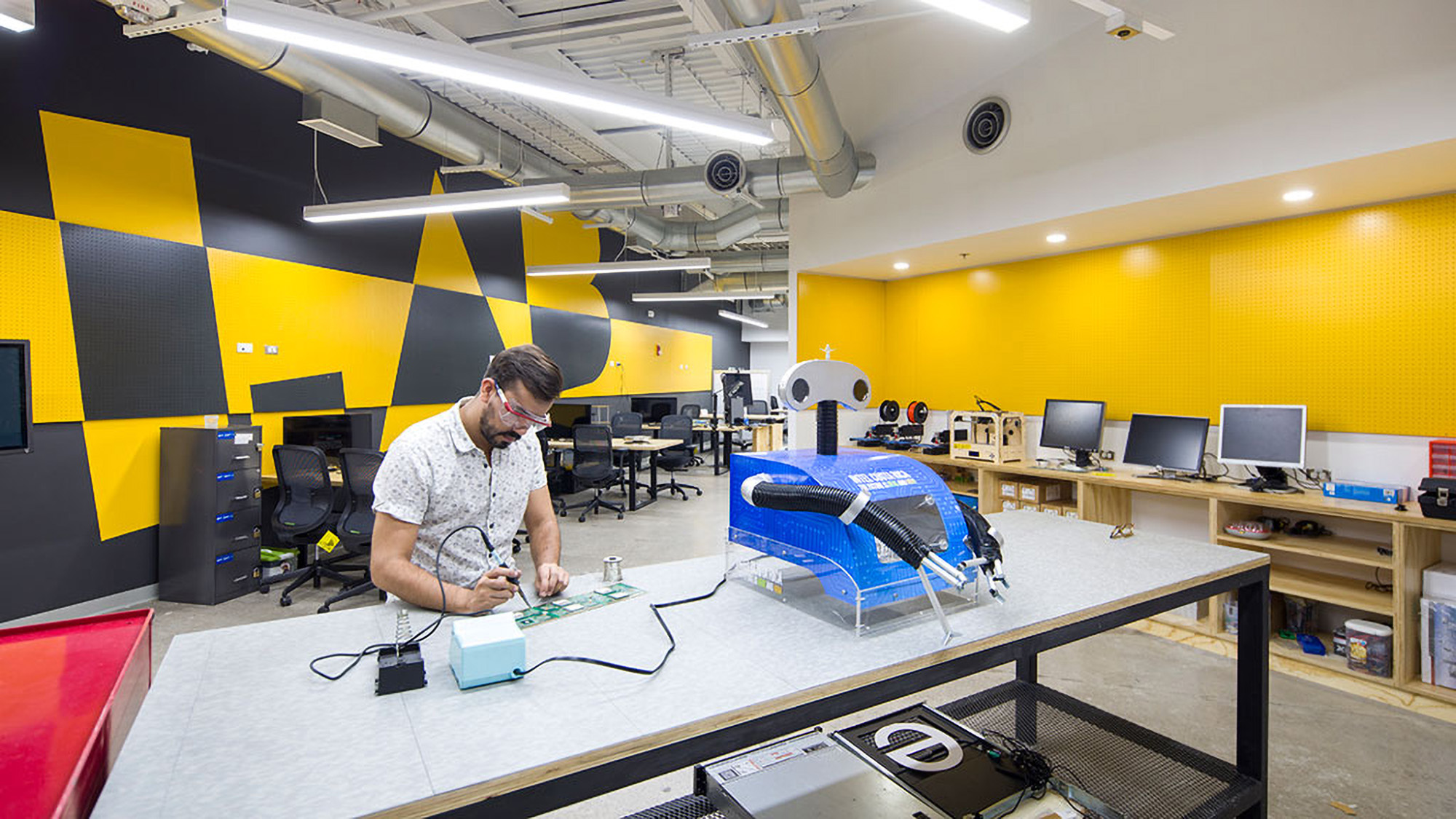
Spaces to Reflect and Restore
Employee well-being not only impacts a person’s health and happiness, but it also impacts job performance, job satisfaction, and organizational commitment. Every day in the office should be productive, valuable, and energizing. What if we could leave the office at the end of the day feeling like we made a difference and feeling healthier than we arrived that morning? The following spaces made the highest impact to effectiveness and experience, according to our research:
8. Rest/Nap Space
Some employees drink coffee as a mid-day pick me up, others use rest or a quick nap to boost their energy and productivity. Forbes reported that power naps can restore alertness, enhance performance, and reduce mistakes in the workplace. Companies with enhanced well-being programs are incorporating places to relax or even nap. Recharged employees are productive employees.

9. Outdoor Workspace
Access to outdoor spaces has long played a role in providing a variety of workspaces in or near the office. Since the pandemic, there is an increased awareness of the impact of air quality and outdoor spaces on our overall well-being. Equipping roof tops, terraces, and ground floor outdoor spaces for work as an extension of the office space has become a best practice.
10. Meditation Space
Mental health and self-care have never been more important. Taking a quick respite from the demands and pressures of the workday to meditate, pray, or decompress is valued by employees. Some companies have found that meditative spaces not only refresh their employees but the self-reflection sparks creativity.
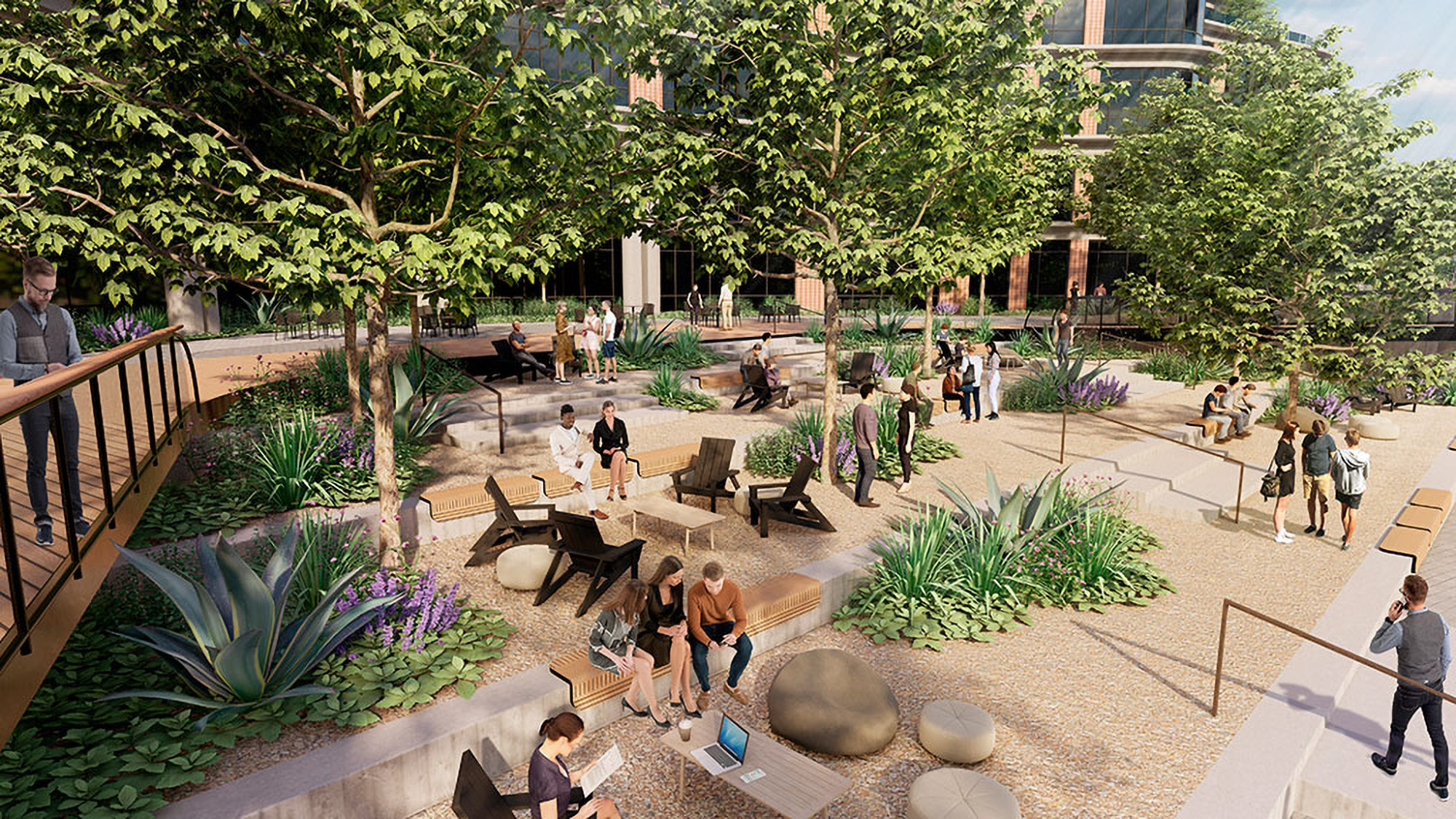
We saw signals of the importance of these spaces well before the pandemic. In our 2013 research, we saw U.S. workers were struggling to work effectively, but employers who provided a spectrum of choices for when and where to work were seen as more innovative and have higher-performing employees. In 2019, we found that not all amenities are worth the investment. Those amenities that directly support work process delivered the highest impact and had the most value. Those spaces which supported creative group spaces and individual focus work topped the list.
Each of these spaces on our latest list add to the mix of experiences that employees need to do their best work. However, organizations do not need to provide all 10 of these spaces within their office space if their employees have access to these spaces—either in or nearby the office as an ecosystem of spaces that they can use. In fact, companies that provide both a highly effective space and a great work experience are more likely to be located in amenity-rich neighborhoods.
These workers have access to a wide diversity of amenities—ranging from coffee shops and outdoor spaces to eateries and grocery stores, either on-site or near the office. This not only creates vibrant neighborhoods but creates an ecosystem of work settings beyond the company walls.
The post "10 spaces that are no longer optional to create a great workplace" appeared first on Building Design & Construction

